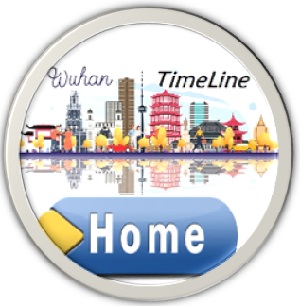

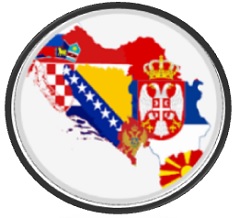
Basic information about the city-CONTENT-
Wuhan's geopolitical position
Climate in Wuhan
History of Wuhan
Cultural and educational tradition of Wuhan
Economic condition of Wuhan
The geopolitical position of Wuhan
Wuhan is the cradle of urban civilization in the Yangtze River Basin, the "oriental tea port" of the Tea Road since the 17th century.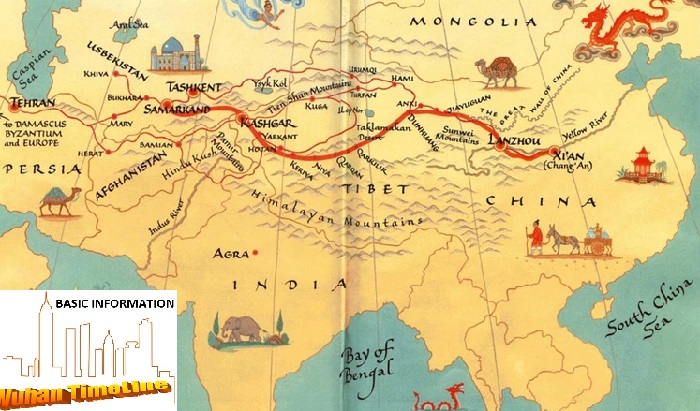
The ancient path of tea and silk
SOURCE: https://www.heavenlytealeaves.com/blogs/heavenly-tea-leaves-blog/history-of-the-tea-trade-the-silk-road
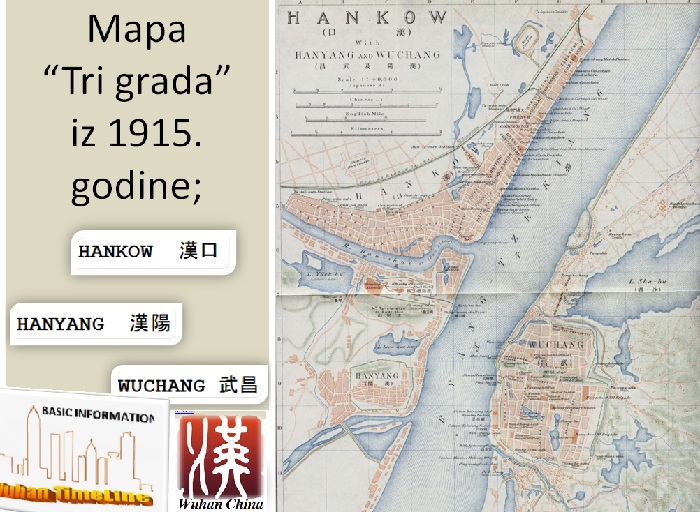
Wuhan covers an area of 8596 km².
Wuhan has existed under this name since August 1949. It was created as a conurbation of three cities: Hankon, Hanyang and Wuchang, which were united into a city also known as the "Three Cities of Wuhan".
It is located in the eastern plain of Jianghan, on the Yangtze River, where its largest tributary, the Han River, flows into it, and the road through that valley is known as the "main road of the nine provinces."
Due to the abundance of waters, lakes and rivers, Wuhan was often the victim of catastrophic floods.
One of the largest floods occurred in 1931 and is known as the Great Flood of China.
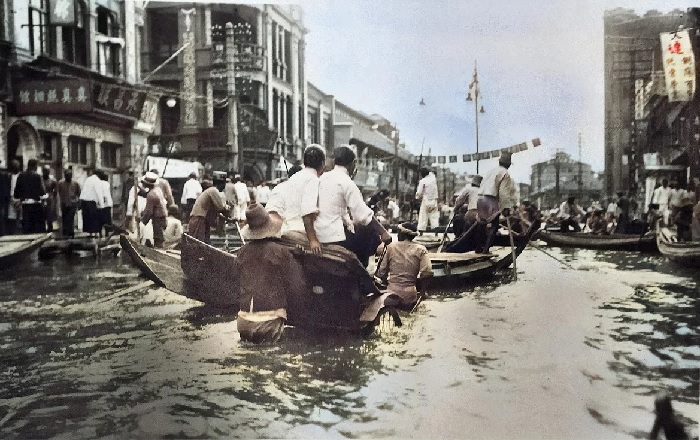
Rickshaw as a boat driver, Wuhan 1931.
SOURCE: https: //www.histcory0x.com/1931? Lightbox = dataItem-juzzcmty
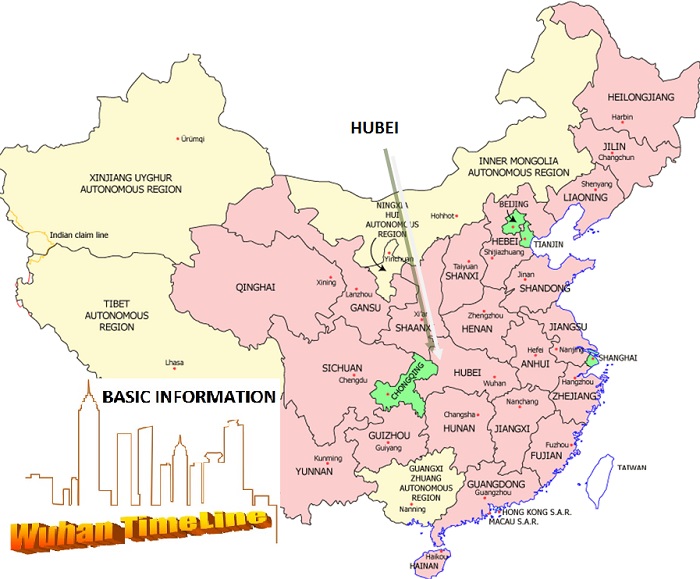
Wuhan is the capital of Hubei Province.
Hubei in Chinese means "north of Lake Dungting". The area of the province is 185,900 square kilometers, and it has about 60 million inhabitants.
A popular unofficial name for Hubei is Chu, and it comes from the name of the once powerful state of Chu (8th to 5th centuries BC.)
The city of Wuhan has about 11 million inhabitants.
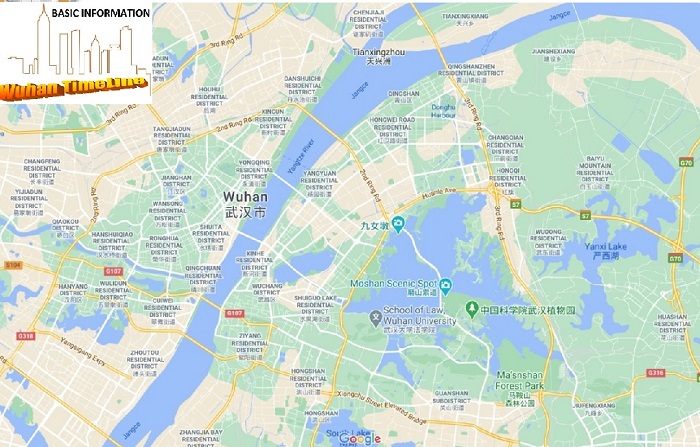
Google maps Vuhana from 2020
Modern Wuhan is known as the “basis of Chinese prices” because of its status as a major transportation hub, with dozens of railways, roads, and expressways passing through the city and connecting with other major cities.

Wuhan as a regional and global transport hub;
SOURCE: https: //www.straitstimes.com/asia/east-asia/6-things-to-know-about-wuhan
Climate in Wuhan
Hubei has a sub-tropic climate with four distinctive seasons. The average temperature is 0°C in winter and 30°C in summer.Hubei has abundant rainfall and sunshine year-round. Wuhan is called one of the “four furnaces” in China. With rich sunshine and rainfall, Wuhan weather is characterized by a scorching hot and wet summer, when the highest temperature usually reaches 38 C (100 F). Its winter is cold and humid.
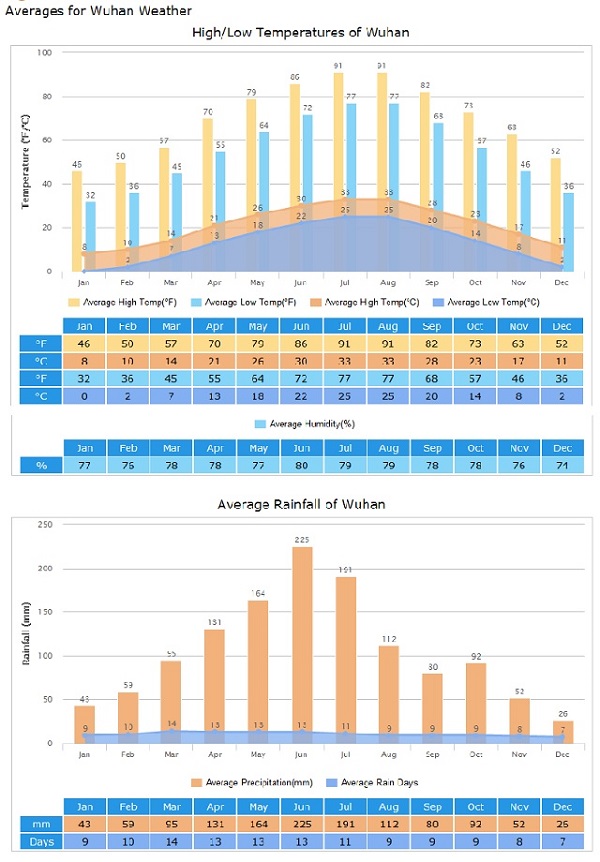
Wuhan Weather, source: https://www.travelchinaguide.com/climate/wuhan.htm
History of Wuhan
The city of Wuhan has a long and rich history that dates back over 3,500 years. Starting out from the Shang Dynasty-era archaeological site at Panlongcheng associated with Erligang culture, the region would become part of the E state and Chu state during the Zhou Dynasty.Wuhan was the capital of China twice: in the early 20th century when the Kuomintang in Wuchang began the overthrow of the 2,000-year-old Empire, and in the middle of the century when the legendary leader Mao Zedong sailed across the river from Wuhan after ten months. The Yangtze in the liberation of China.
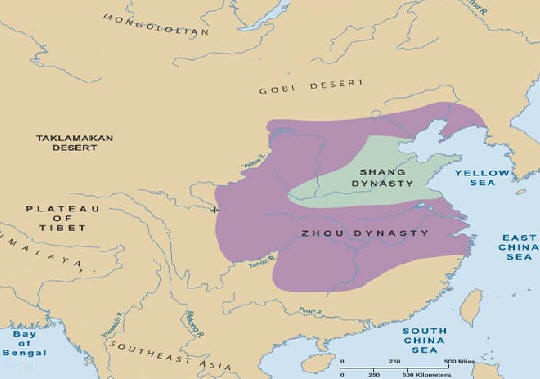
Map of China during the Shang and Zhou dynasties
approx. period 1600. BC - approx. 1046. BC;
source: https://www.cinbilgisi.com/shang-hanedanligi/
The history of Wuhan is determined by three events, which largely determined the history of China:
Battle of the Red Cliffs
Uprising in Wuchang
The defense of Wuhan
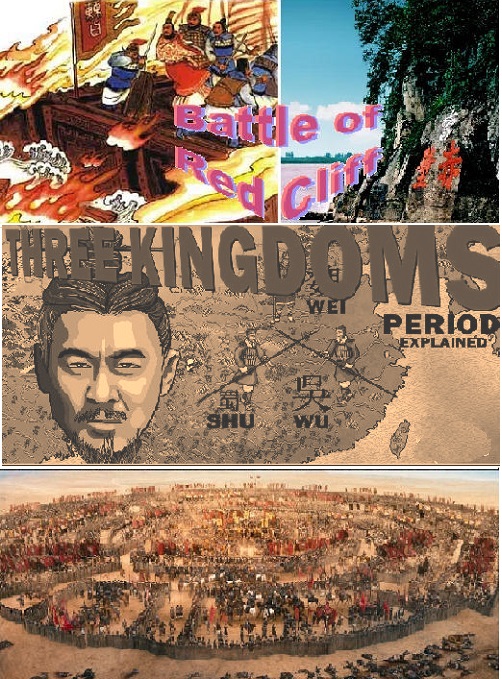
The Battle of the Red Cliffs from the Three Kingdoms period 208 BC

The uprising in Wuchang in 1911, which marked the beginning of the collapse of the 2000-year-old Chinese empire
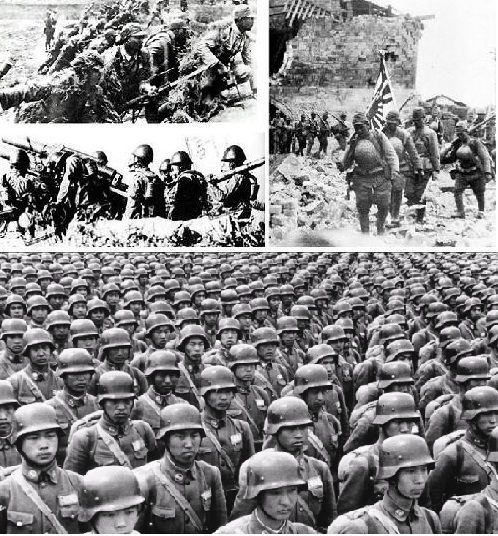
The Defense of Wuhan in 1938, the greatest battle of the Second Japanese-Chinese War
Source from documentation Robert Capa © International Center of Photography / Magnum Photos
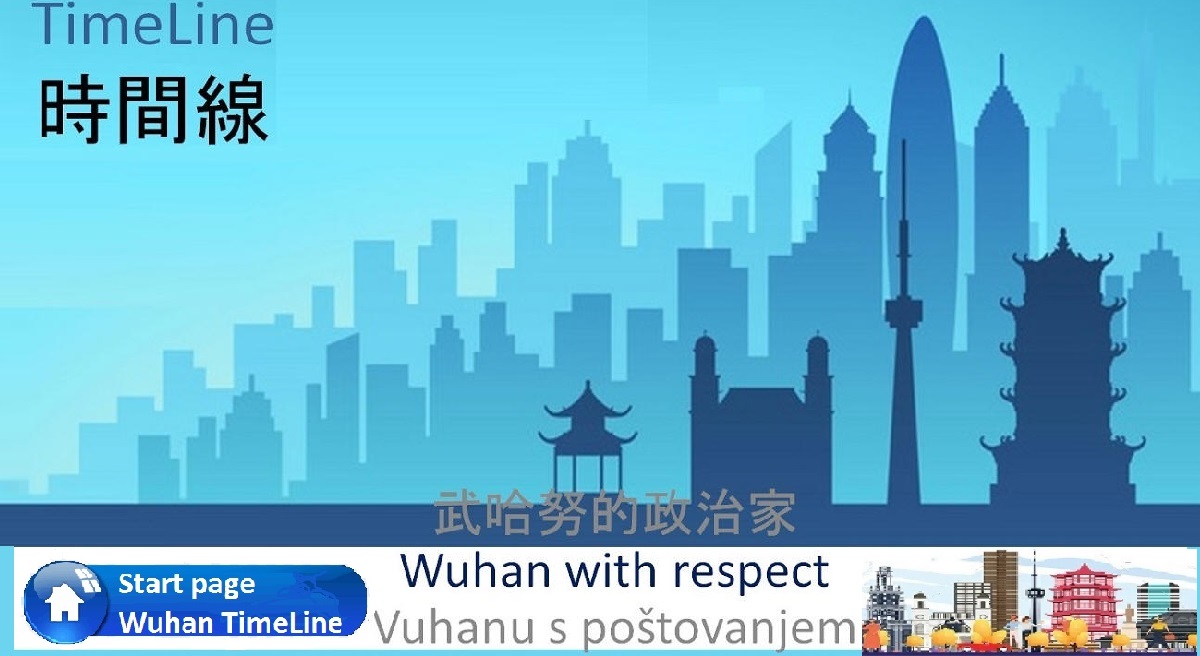

Cultural and educational tradition of Wuhan
The first records of Wuhan (Hankou) date back to 1,500 BC and it has a rich cultural and historical heritage that lasts for more than 3,500 years.Wuhan has several cultural artifacts and sites of world importance, such as the Zenhui Bells and the Tomb of the Marquis Li, Weying Pagoda, Guiyun Buddhist Temple and the Yellow Crane Tower, celebrated in numerous songs, including a poem by the great Chinese poet Li Bai.

Pictures from the central promotion of the 2017 student generation in Wuhan
Source: http://en.people.cn/n3/2017/0622/c90000-9232045.html
There are four science and technology development parks, over 350 research institutes, 1,656 high-tech companies ...

Three representative of several hundred cultural centers in Wuhan
Economic condition of Wuhan
Wuhan is the pioneer of Chinese modern industry.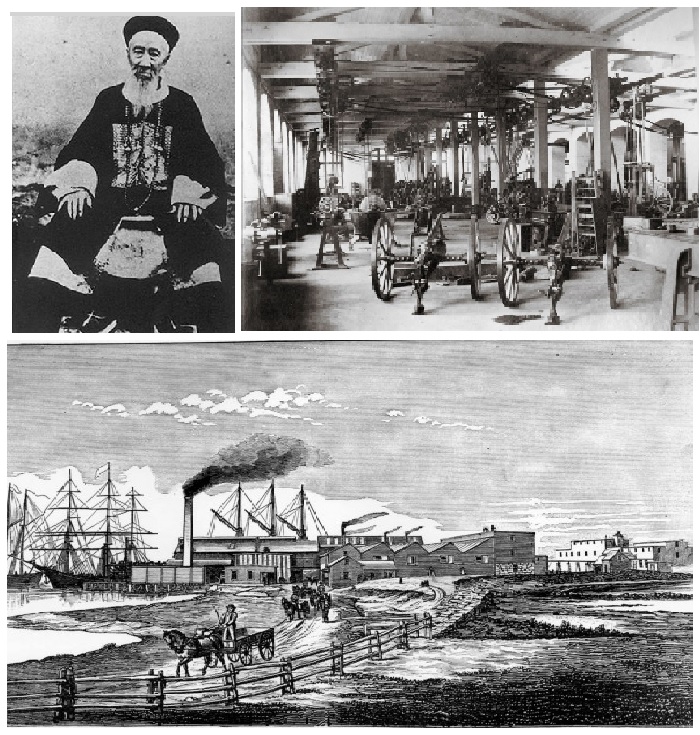
The legendary governor Chang Chidong founded Hubei Arsenal in 1898, and on the principle of ti-yong
"Chinese teaching as the basis on which Western science and technology is applied", the development of modern industry in Wuhan began.
In 2018, Wuhan produced a GDP of $ 224 billion.
Wuhan ranks 45th in the list of economically strongest urban regions in the world.
As an independent country, the city of Wuhan would be one of the 50 largest economies in the world.
The pillar industries of Hubei are automotive, iron and steel, petrochemical, food processing, equipment manufacturing, electronic information and textiles. Furthermore, the province is strong in the metallurgical industry, hydropower, shipbuilding and logistics. Hubei takes the leading place in China in the R&D of optoelectronics and Global Positioning Systems (GPS).
Hubei is China’s hydropower base. It boasts abundant water resources and its hydropower facilities are capable of generating 31,334 million KW of electricity. The Three Gorges Dam, presently the largest hydropower project in the world, has a total installed capability of generating 18.2 million KW.

Representative examples and giants, new and classic industries in Wuhan


Last update February 2021.
